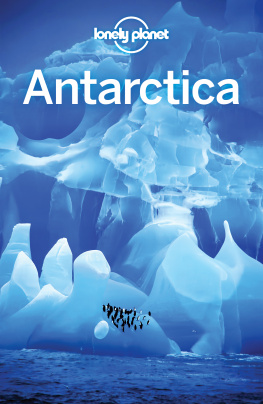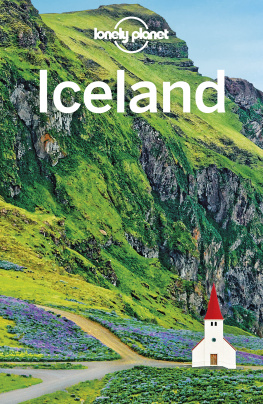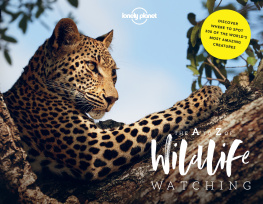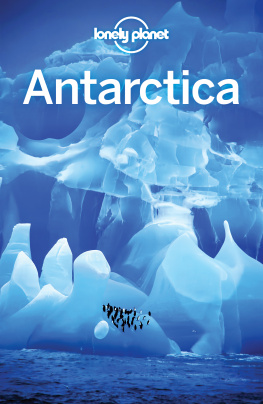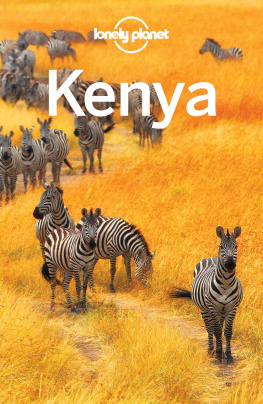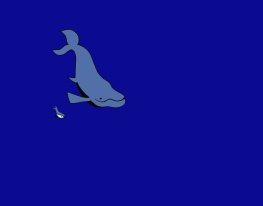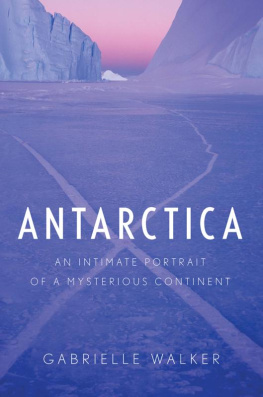GETTING THE MOST OUT OF LONELY PLANET MAPS
E-reader devices vary in their ability to show our maps. To get the most out of the maps in this guide, use the zoom function on your device. Or, visit http://media.lonelyplanet.com/ebookmaps and grab a PDF download or print out all the maps in this guide.
Plan Your Trip
Welcome to Antarctica
Arches, Graham Land, Northern Peninsula.
GRANT DIXON / LONELY PLANET IMAGES
No place on Earth compares to this vast white wilderness of elemental forces: snow, ice, water, rock. Antarctica is simply stunning.
Adventure
Antarcticas surreal remoteness, extreme cold, enormous ice shelves and mountain ranges, and myriad exotic life forms invariably challenge you to embrace life fully. Everyone scientist, support worker, government official and tourist alike who comes to this isolated continent, must earn it, whether by sea-voyage or flight. Ice and weather, not clocks and calendars, determine the itinerary and the timetable of all travel here. Expect experiences unlike any other, whether whale-watching across the open sea, spying a penguin rookery, or framing that perfect photograph of an awe-inspiring ice-form. Today, its even possible for visitors to climb Antarctic peaks, or kayak icy waters. But there is nothing quite like the craggy crevasses of a magnificent glacier or the sheer expanse of the polar ice cap.
Wildlife
This continent, preserved by the Antarctic Treaty, is home to some of the worlds most extraordinary species, adapted to life in their unique home. Some migrate far and wide, like the enormous whales, others remain close to the continent, like the Weddell seal and the emperor penguin. Millions of seabirds skim the Southern Ocean, the worlds most abundant oceanspecies like far-flung albatrosses and petrels circle these waters. Antarctic wildlife is generally unafraid of people. Visitors usually elicit no more than an uninterested yawn from seals and penguins focused on rearing their young and evading predators. The human reaction is, ironically, exactly opposite.
History
The names of explorers and their sovereigns and benefactors are written on Antarcticas shores. Renowned explorers from Cook to Amundsen and Scott all tried to penetrate this vast, mysterious land: each with varying degrees of success. Visitors can follow in their footsteps and imagine what it was like to forge through the pack ice on a creaking wooden boat or man-hauling sledges across the polar plateau. Some of their huts actually remain, preserved in frozen rime, to tell the story of adventures long past.
Inspiration
Antarctica possesses an unnamable quality. Call it inspiration, call it grandeurit is simply the indescribable feeling of being a small speck in a vast, harshly beautiful land. A land where striated ice towers float among geometric pancake ice, literally untouched mountains rear from marine mist, and wildlife lives, year in and year out, to its own rhythms, quite apart from human concerns. To let our minds soar in a place nearly free of humankinds imprint: this is magic.
Penguin chicks.
DLILLC / CORBIS
Meeting the Penguins
When you first lay eyes on these ever-anthropomorphized birds ( ),youll know youve arrived in the Antarctic. From the tiny tuxedo-clad Adlie and the bushy-browed macaroni, to the worlds largest penguin, the fabulously debonair emperor, the Antarctic offers a chance to see these unique creatures on their own turf: sea, ice and shore. Spot them shooting out of the water, tobogganing along the ice or in cacophonous rookeries which are a sight to behold: squawking, gamboling birds, hatching, molting and caring for their young. King penguins

PETER SCOONES / GETTY
Amundsen-Scott South Pole Station
First reached just 100 years ago by the valiant explorer Roald Amundsen during the Heroic Age of Antarctic exploration, the South Pole ( ) still embodies myth, hardship and glory. Today it is topped by a new high-tech station surrounded by cutting-edge astrophysical observation equipment (including a neutrino detector array buried approximately 1.9 km below the ice). To the visitor, a photo op with the flapping flags and globe-topped pole, is, indeed, a once-in-a-lifetime opportunity,

SCOT JACKSON / NATIONAL SCIENCE FOUNDATION
Cruising the Lemaire Channel
The sheer-sided Lemaire Channel ( ) is a perennial favorite for photography buffs and naturalists alike. Under pale-pink skies, glaciers tumble slow-motion to the sea from the mountains overhead. Your Zodiac glides past a floe topped by basking Weddell seals, another crowded by a noisy group of gentoo penguins. Nearby, an enormous female leopard seal sleeps off a recent meal. Small cruise ship passing through the Lemaire Channel

OVERSNAP / ISTOCK
Cape Evans
Reaching Ross Islands Cape Evans ( ) isnt easy but then again, it never was. Dog skeletons bleach on the sand in the Antarctic sun, chiding memento mori of Captain Robert Scotts death march from the Pole. Inside Scotts hut from that ill-fated Terra Nova expedition a collection of sledging pennants, rustling pony harnesses and a sighing wind evoke the doomed men who left here with high hopes of reaching the pole. Explore the captains bunkroom, and peer at the perfectly preserved provisions and photographic supplies. Wooden cross near Scotts Hut

ANN HAWTHORNE / CORBIS
Shackletons Hut
Step inside Ernest Shackletons Nimrod expedition hut at Cape Royds on Ross Island and enter an eerily preserved world from a century ago. Amazingly intact despite 100 years of blasting Antarctic storms, the wooden house is surprisingly homey. Colored glass medicine bottles line shelves, a fur sleeping bag rests on one of the bunks and tins of food with unappetizing names (boiled mutton, lunch tongue, pea powder) are stacked on the floor, awaiting diners who will never return. Adlie penguins fill the cape now, breeding in summer.



